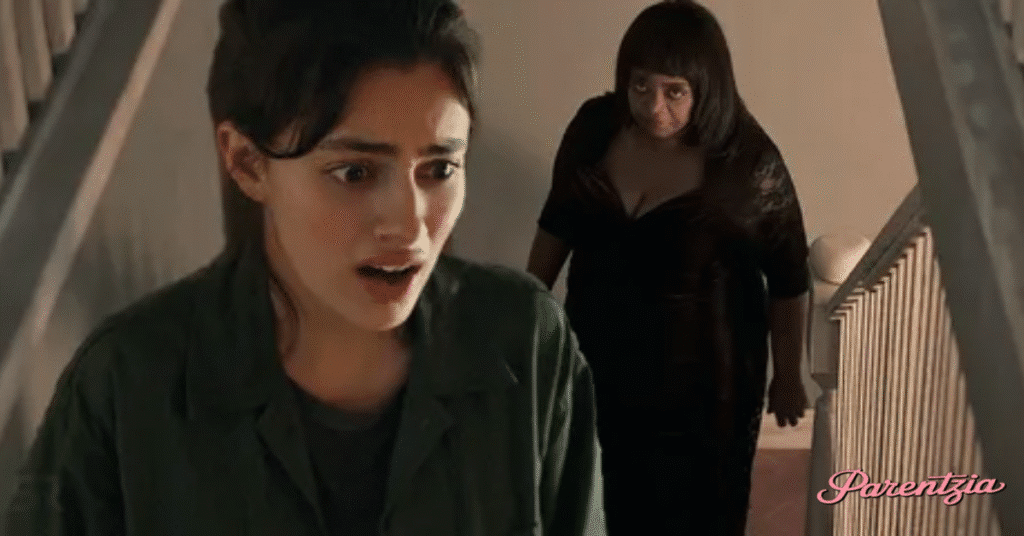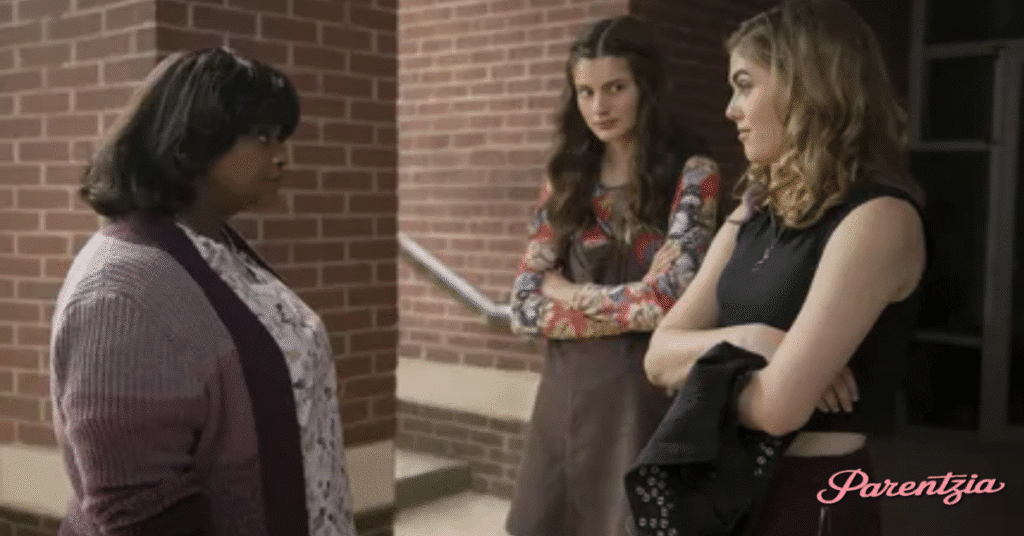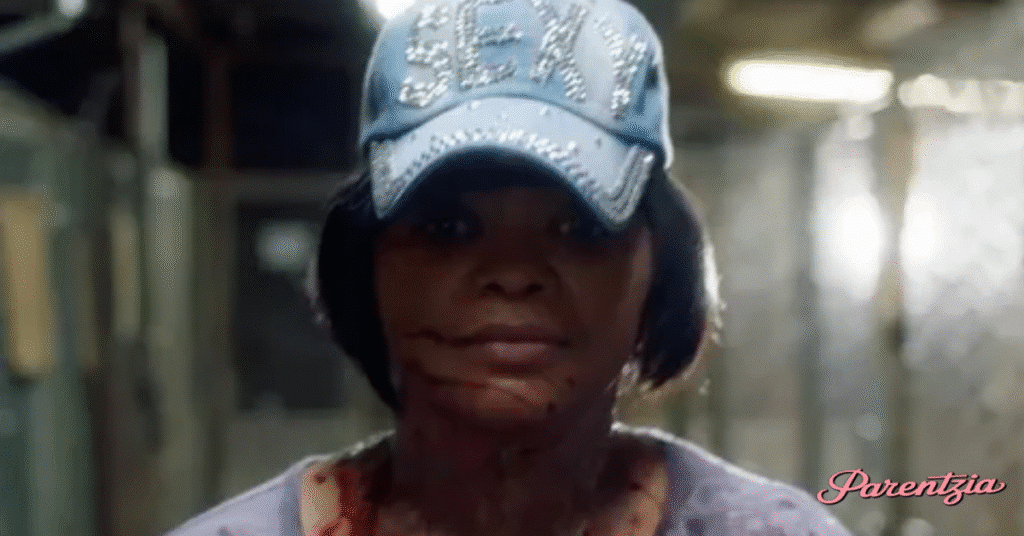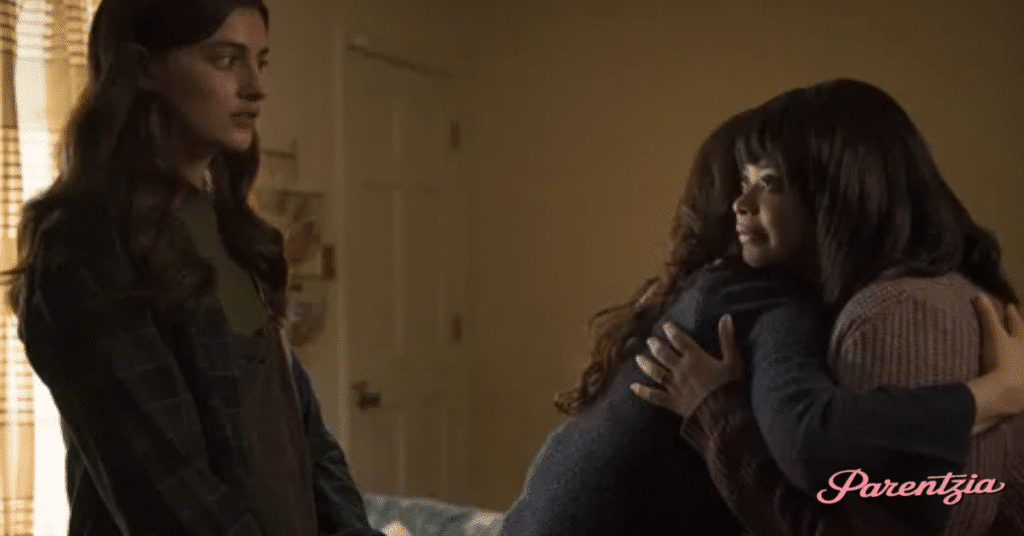Streaming platforms are filled with shows and movies carrying the TV-MA rating, a tag that often raises eyebrows for parents. If you’ve stumbled across a title marked “MA” and wondered whether it’s safe for your teen, you’re not alone. This MA Parents Guide will break down everything you need to know — from TV-MA rating details to content categories like violence, language, sex, and substance use. By the end, you’ll have a clear picture of MA content suitability and whether it belongs on your family’s watchlist.
What Does MA Mean in TV Ratings?
The TV-MA maturity rating stands for Mature Audiences. This classification is used in the United States by the TV Parental Guidelines Monitoring Board and indicates content specifically designed for adults. In plain terms, TV-MA means the program isn’t suitable for children under 17.

Here’s a simple breakdown:
| Rating | Meaning | Intended Audience | Example Shows |
| TV-Y | All Children | Ages 2–6 | Sesame Street |
| TV-PG | Parental Guidance | Ages 10+ | Full House |
| TV-14 | Parents Strongly Cautioned | Ages 14+ | Stranger Things |
| TV-MA | Mature Audiences Only | 17+ | Game of Thrones, The Witcher |
When a show or film carries this label, it usually includes adult themes, strong violence, explicit language, sexual content, or intense imagery. In other regions:
- UK: Similar to 18 certificate by the BBFC.
- Australia: Equivalent to MA15+, which restricts viewers under 15 without parental supervision.
- Canada: Uses 18+ or 16+, depending on province.
So when you see “MA,” it’s not just a suggestion — it’s a parental warning that the program may expose children to adult themes TV-MA covers in detail.
you might also like “SWAT Parents Guide: Complete Content Rating Breakdown”
MA Rating Explained in Simple Terms
Think of the MA rating as the entertainment world’s way of saying: This is grown-up stuff. The Parents Guide for MA content usually points out issues like:
- Strong violence and gore (realistic injuries, blood, combat)
- Explicit sexual situations or nudity
- Frequent use of strong profanity
- Drug or alcohol abuse shown on screen
- Psychological intensity or disturbing scenes
Each streaming service adds its own mature content advisory, but the official TV-MA parental guidance remains the same: not suitable for younger audiences.
Violence & Gore in MA Content
One of the most common reasons a show gets an MA tag is graphic violence. Unlike TV-14 shows that may limit fight scenes to mild or moderate levels, MA-rated series push the boundaries.

Types of violence often seen in MA titles:
- Hand-to-hand combat with visible injuries.
- Gunfights or stabbings with blood shown.
- Torture, executions, or war depictions.
- Fantasy violence but with realistic gore (The Witcher, Castlevania).
Impact on kids: Younger viewers may not differentiate between fantasy and reality. Strong descriptors like “graphic” or “intense” in a mature content advisory signal scenes that could cause nightmares or anxiety.
Language and Profanity
Another hallmark of TV-MA rating details is the frequent use of profanity. Words that appear sparingly in TV-14 shows can be used liberally in MA-rated programs.
Categories of language use:
- Mild: occasional swearing.
- Moderate: repeated strong words.
- Strong: constant profanity, including offensive slurs.
In many parent advisory for mature audiences, you’ll also find sexual language or crude humor flagged. For parents, knowing the level of profanity helps decide whether teens can handle it.
Sex, Nudity, and Adult Themes
Perhaps the biggest concern for families is whether adult themes TV-MA include explicit sexual material. The Mature Audiences Parents Guide often highlights:
- Sexual references or jokes (mild to strong).
- Implied intimacy versus explicit sex scenes.
- Full nudity or partial nudity.
- Themes of infidelity, exploitation, or abuse.

Shows like Euphoria or Orange Is the New Black became controversial because of how openly they displayed adult relationships. For parents, this makes MA content suitability a key discussion.
Substance Use: Drugs, Alcohol, and Smoking
The Parents Guide for MA content also warns about depictions of:
- Characters smoking or vaping.
- Frequent alcohol use, sometimes glamorized.
- Illegal drug use (snorting, injecting, or dealing).
For teens, seeing repeated exposure to substance use — especially when tied to “cool” characters — can normalize risky behavior. That’s why parental control for mature TV is critical.
Frightening & Intense Scenes
Even without gore, some shows get an MA rating because of psychological intensity.
Examples include:
- Jump scares in horror series.
- Disturbing imagery like corpses or supernatural monsters.
- Dark themes such as trauma, addiction, or abuse.
Parents often underestimate how tone and atmosphere can unsettle kids. While adults may enjoy the thrill, children may end up with sleepless nights.
Positive Messages & Role Models in MA Content
Not every MA show is doom and gloom. Some contain valuable life lessons, even if wrapped in mature packaging.
Examples of positive elements:
- Resilience and survival in dystopian series.
- Friendship, loyalty, and teamwork despite dark circumstances.
- Consequences of poor decisions shown realistically.
Case study: Breaking Bad. While heavily violent and drug-centered, it also sparked classroom discussions on ethics, greed, and moral downfall.
Parents should weigh whether the positive takeaways balance out the adult themes TV-MA presents.
Parent FAQs
Is MA too scary for kids?
Yes, most TV-MA shows have either frightening intensity, gore, or psychological stress unsuitable for under-17s.
Can teens handle the language?
Some older teens might, but frequent strong profanity can desensitize them.
Is MA suitable for family viewing?
Generally, no. Unlike PG-13 or TV-14 shows, MA content suitability is not geared toward mixed-age households.
How does it compare to other shows?
Compared to Stranger Things (TV-14), The Witcher (TV-MA) includes more graphic violence, nudity, and language.
Alternatives for Younger Viewers
Parents often want genre-appropriate alternatives that keep the excitement without the adult baggage.

| Show/Film | Rating | Suitable Age | Genre | Streaming Service |
| Stranger Things | TV-14 | 14+ | Sci-Fi Horror | Netflix |
| Shadow and Bone | TV-14 | 13+ | Fantasy | Netflix |
| Lost in Space | TV-PG | 10+ | Adventure/Sci-Fi | Netflix |
| Locke & Key | TV-14 | 13+ | Mystery/Fantasy | Netflix |
| Avatar: The Last Airbender | TV-Y7/PG | 7+ | Action/Fantasy | Netflix/Nickelodeon |
This table offers parents quick TV-MA parental guidance alternatives for younger audiences who love fantasy, horror, or action but aren’t ready for adult themes TV-MA brings.
Final Verdict: Is MA Content Suitable for Teens?
To sum it up:
- TV-MA means Mature Audiences Only — designed for 17+.
- Parents should expect violence, profanity, sexual content, and drug use.
- While some shows may include positive themes, they’re often overshadowed by adult content.
Best recommendation: Stick to 16+ or 17+ for most MA titles. For younger teens, explore safer TV-14 shows with similar appeal.
Quote to Remember: “Parental guidance isn’t just about restrictions; it’s about giving kids content that enriches, not overwhelms.”
Resources for Parents
- Common Sense Media – TV Ratings Guide
- TV Parental Guidelines – Official Ratings
- MPA Film Ratings
Key Takeaways
- MA Parents Guide helps parents decode what the rating really means.
- The Mature Audiences Parents Guide shows why content is flagged — violence, sex, language, or substance use.
- What does TV-MA mean? It signals explicit content unsuitable for under-17s.
- Use parental control for mature TV on streaming services like Netflix, Hulu, and Amazon Prime.
- Always balance the adult themes TV-MA shows portray with their impact on your child’s development.

Tina Grey is an experienced blogger with a passion for uncovering the best in film. With years of writing and a keen eye for detail, Tina brings insightful reviews and engaging content to Parentzia. Her deep love for movies, combined with her expertise, helps readers discover must-watch films across genres. When she’s not reviewing, Tina enjoys exploring new cinematic trends and sharing her love of film with her audience.







